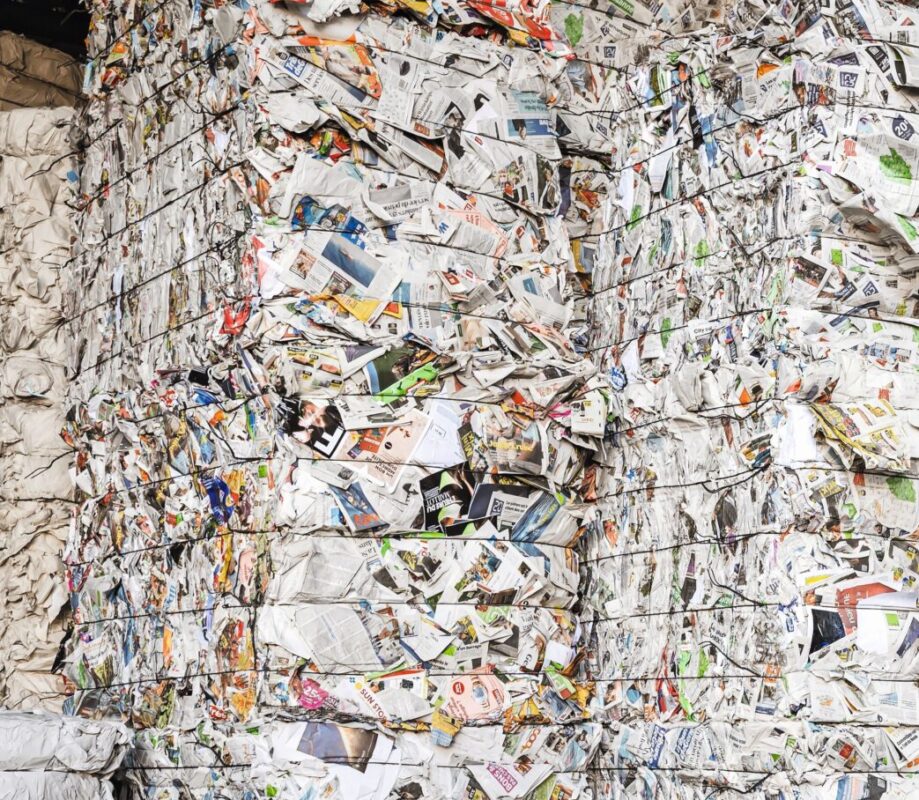Chlorothalonil not only challenges water suppliers
Degradation products of the fungicide chlorothalonil are found widely in groundwater in the Swiss Plateau - even in places where it is used as drinking water. Dealing with these substances is becoming a challenge for waterworks. The range between hasty immediate action and concealment of the problem is very wide. An Eawag fact sheet contributes to a factual discussion and longer-term strategies.

According to the "SonntagsZeitung", residues of the banned pesticide chlorothalonil are also found in Swiss drinking water. Small amounts of chlorothalonil have been found in the mineral water of Evian. However, the concentration is well below the legal limits and does not pose a health risk.
Clear alpine water nevertheless contaminated
It's hot, the water produced by Evian on Lake Geneva comes from the French Alps near the Swiss border. But now experts from the Swiss Federal Institute of Aquatic Science and Technology (Eawag) have found residues of the pesticide chlorothalonil in Evian mineral water. They were able to detect 6 nanograms per liter (source: SonntagsZeitung).
The finding is nevertheless significant because Evian comes directly from the heart of the Alps and is considered so pure that scientists use it to calibrate their measuring instruments. One water expert expressed concern to the newspaper: "The fact that even the Evian springs in the French Alps, which are hardly influenced by humans, show pesticide residues is alarming and shows the far too careless handling of these substances," warned Roman Wiget, president of the International Drinking Water Association AWBR.
The concentration of the residues found in Evian is well below the legal limit. They therefore do not pose a health risk. The concentration is "comparable to Lake Zurich water," says Juliane Hollender, co-author of the Eawag study. Roman Wiget would nevertheless like to restrict the use of pesticides. He calls for only organic farming adjuvants to be used.
Although some of these are also not without problems, they degrade very quickly - with the exception of copper - according to Wiget, which means that the drinking water is not polluted, he tells the "SonntagsZeitung".
Generally prohibited since the beginning of 2020
The Federal Office for Agriculture approved the use of chlorothalonil in the 1970s. The active ingredient was used in the cultivation of cereals, vegetables, vines and ornamental plants to combat fungal infestations. Based on new research findings, the federal government last year reclassified chlorothalonil as "probably carcinogenic" and banned its use from the beginning of 2020.
In December 2019, the Federal Food Safety and Veterinary Office (FSVO) had classified all degradation products (metabolites) of chlorothalonil as relevant for drinking water. Thus, a maximum value of 0.1 micrograms per liter for drinking water applies to these substances, which in this case is also valid for groundwater as a limit value. This new value is extremely low. This maximum value is a precautionary value, not a toxicologically derived limit value.
Chlorothalonil probably carcinogenic
Since the EU Commission classified chlorothalonil as a probable carcinogen, the dust has been rising. This is because degradation products (metabolites) of this widely used fungicide are found in groundwater. The values measured so far exceed the legal maximum concentration of 0.1 µg/L for water resources used as drinking water at numerous measuring points.
Whether exceeding this precautionary low maximum value for drinking water actually poses a risk to consumers has not yet been proven - for food, the daily doses "permitted" as harmless are significantly higher.
Nevertheless, no one wants chlorothalonil residues in drinking water. Because some of the substances are only slowly degraded or washed out, the countermeasures include more than the ban on the use of the starting substance (in force since January 1, 2020).
Dilution of raw water with unpolluted water or (new) tapping of sources from catchment areas without arable farming are among them. As an "ultima ratio", technical treatment processes may also be considered. In collaboration with water utilities, Eawag has investigated in the laboratory and in pilot plants which processes are best suited to the treatment of which substances. The results are now summarized in a fact sheet.
The studies on chlorothalonil metabolite removal processes were co-financed by the Swiss Federal Office for the Environment (Bafu). (Source: Eawag)









